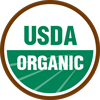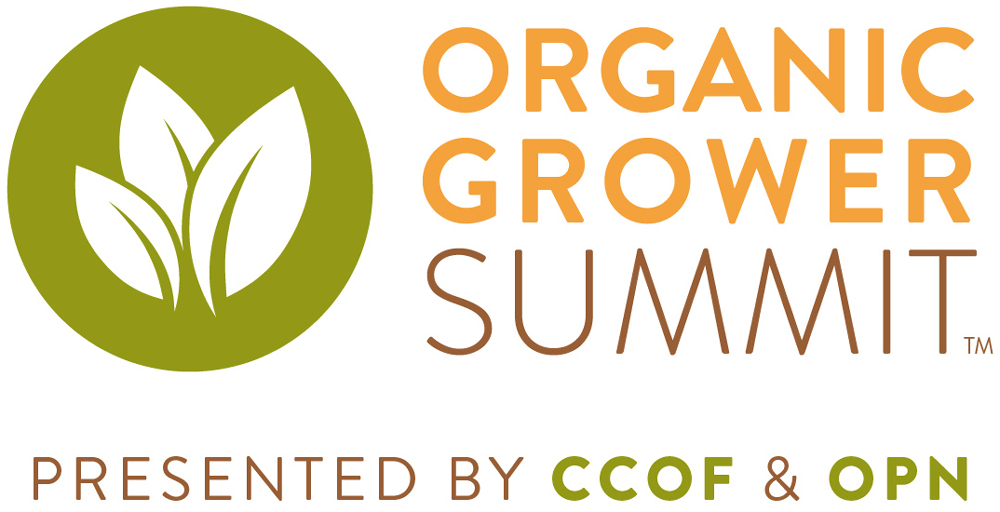 OPN Connect is pleased to introduce our first contributor, Melody Meyer, vice president of corporate social responsibility, policy and industry relations for United Natural Foods Inc. (UNFI). Melody has been in the organic food industry since 1976 and is a founding member of the Alliance of Organic Food Funders and an active member of Sustainable Agriculture and Food Systems Funders.
OPN Connect is pleased to introduce our first contributor, Melody Meyer, vice president of corporate social responsibility, policy and industry relations for United Natural Foods Inc. (UNFI). Melody has been in the organic food industry since 1976 and is a founding member of the Alliance of Organic Food Funders and an active member of Sustainable Agriculture and Food Systems Funders.
Follow her Blog at www.organicmattersblog.com.
Peeling Back the Label: Organic, Natural and Local
by Melody Meyer
Walking down a typical food aisle can be a daunting experience—a cacophony of seductive labels resounding from every shelf—these missives entice you to make purchases based on a feeling. Buying that product will make you feel healthier, sexier or perhaps a sense of pride that you are somehow protecting humankind and the environment. Food labels are powerful instruments that determine our purchasing habits unwittingly as we fill our baskets with hopes and emotions. With so many labels vying for our attention, it’s high time we peeled back the truth to see what’s really behind some of our most popular food labels.
What is Organic?
 When you see the United States Department of Agriculture (USDA) Organic label, it tells you that the food or agricultural product has been produced through USDA regulated methods that began with the Organic Food Production Act of 1990 (OFPA). The overarching philosophy is that these USDA regulated methods must protect ecological balance and biodiversity. In 2000 the regulations were completed and are now governed by a department of the USDA named the National Organic Program (NOP).
When you see the United States Department of Agriculture (USDA) Organic label, it tells you that the food or agricultural product has been produced through USDA regulated methods that began with the Organic Food Production Act of 1990 (OFPA). The overarching philosophy is that these USDA regulated methods must protect ecological balance and biodiversity. In 2000 the regulations were completed and are now governed by a department of the USDA named the National Organic Program (NOP).
Organic regulations are the most highly vetted and thoroughly transparent food system we have. They are constantly in play, under vigorous public discussion and scrutiny at The National Organic Standards Board (NOSB) meetings. The NOSB is an advisory board that listens to all stakeholders and gives recommendations to the NOP on how the standards should evolve.
Strict compliance is guaranteed by third-party certification agencies that inspect and verify every Organic farm, packing facility, processor and distributor, assuring the consumer that everyone involved between the farm and market is compliant. Yes, even in Mexico and China!
Choosing the USDA Certified Organic product assures you that it has been produced without synthetic fertilizers or conventional pesticides, including fertilizers, sewage sludge, irradiation, and genetic engineering (GMO’s). Organic livestock always eat organic feed and are never treated with hormones or antibiotics. Despite what some consumers may believe, Organic regulations do not address farm size, labor conditions or farming economics. Nonagricultural products are not included and should not be using the organic claim.
What is Natural?
 Many people think “natural” is synonymous with organic. Just hearing the word “natural” gives you a touchy-feely sense of lush green meadows and happy heifers—you want to wrap it up, take it home and lap it up. But in reality, when you see the term “natural” it only implies the food is minimally processed.
Many people think “natural” is synonymous with organic. Just hearing the word “natural” gives you a touchy-feely sense of lush green meadows and happy heifers—you want to wrap it up, take it home and lap it up. But in reality, when you see the term “natural” it only implies the food is minimally processed.
According to the USDA, “food that is labeled ‘natural,’ does not contain artificial ingredients or preservatives and the ingredients are only minimally processed.” However, they may contain GMO’s, hydrogenated vegetable oils, antibiotics, growth hormones and other noxious chemicals.
There are no government regulations for most foods labeled “natural” beyond the standard regulations and heath codes that apply to all foods.
There are some exceptions in meat and poultry, however. The Food Safety and Inspection Services (FSTS) of USDA requires “natural” meat and poultry to be free of artificial colors, flavors, sweeteners, preservatives and ingredients that do not occur naturally in the food. “Natural” meat and poultry must be minimally processed in a method that does not functionally alter the raw product. In addition, the label must explain the use of the term “natural,” e.g., no artificial ingredients.
The “natural” label does NOT address farm practices, which means an animal can receive growth hormones and antibiotics. The U.S. Food and Drug Administration (FDA) takes an even murkier position stating: “It is difficult to define a food product that is ‘natural’ because the food has probably been processed and is no longer the product of the earth.”
As a result of the lack of clear definitions surrounding the “natural” label on processed food, there has been a flood of litigations between consumer groups and food companies. In the fall of 2016, the FDA asked the public to provide comments on the use of the term so there may be some clarification coming, but as it stands now the term “natural” can mean anything a processed food producer wants it to and neither the USDA nor FDA enforces or regulates the claim.
What is Local?
The term “locally grown” comes from a vibrant food movement that began in order to connect food producers and consumers in the same geographic region. This movement has proven to help develop more self-reliant and resilient food networks and improve local economies. Consumer demand for local has skyrocketed over the past decade for a multitude of reasons. People buy local for personal health, better taste, freshness and to support local businesses and farmers. They may seek to decrease greenhouse gasses associated with production by fewer transportation miles and less refrigeration. They may cite a reduced reliance on factory farms. Customers who prefer local tend to value higher-quality food with a lower environmental impact and are willing to pay a premium price for it.
Locally grown simply means that the food is grown, processed and sold within a certain geographical area. It doesn’t mean the food is produced with organic methods. Locally grown food can still be produced with toxic pesticides and fertilizers.
There is no standard definition of what that geographical region should be. So businesses selling locally grown products may use different definitions and the geographic distance between production and consumption can vary widely.
In densely-populated urban counties, local may mean within county lines or a specified radius from a city. In more rural areas where the population is sparse and the distances between towns and cities are greater, locally-sourced food may come from a much wider area such as a state or adjacent states.
There is no USDA or FDA definition, regulation or enforcement of the term locally grown. The USDA has however recognized it by supporting efforts for “direct-to-consumer marketing.”
Which Label has the most Veracity?
Of the three most popular labels, the USDA Organic seal is the one with legitimacy, transparency and enforcement. Organic involves the most stakeholder input and deliberation; it provides the strictest compliance as well as being the most ecologically sound label in our food system. Choosing Organic means you know that what you are buying is good for you and good for the planet!
Do you already understand your food labels and labeling regulations? Share this article with friends and family who shop organic and help them understand what the labels on the food items they are purchasing mean.
Stay tuned for future posts as I uncover the meaning of other labels, like Non-GMO and Gluten-free.







